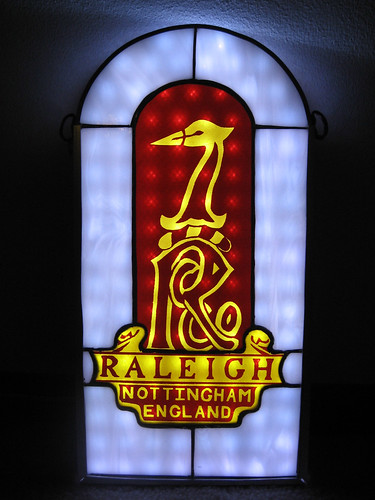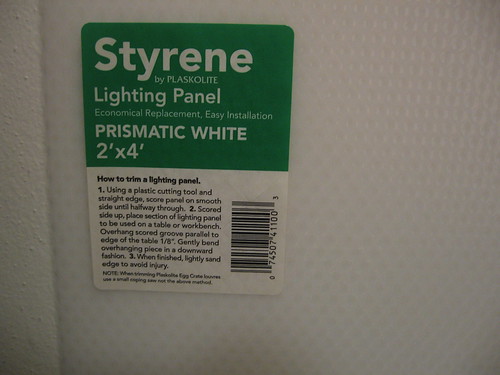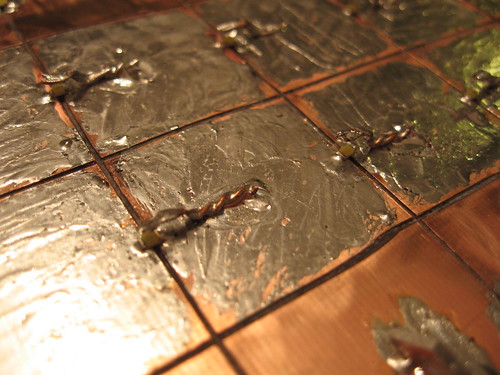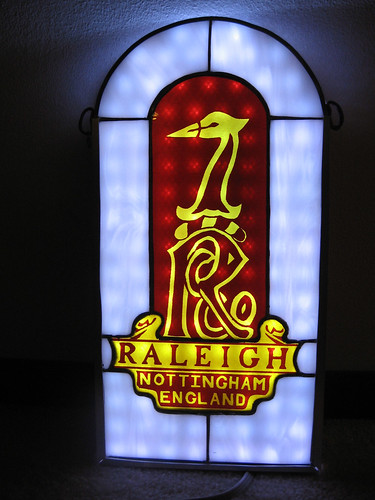Steve K
Flashlight Enthusiast
Many years ago, a friend made a stained glass piece for me. There have been quite a few years that I didn't have good place to hang it, so I thought I'd try making a backlight for it, and just hang it on a wall.
The final result can be seen in my Flickr set
http://www.flickr.com/photos/kurtsj00/sets/72157626354608597/detail/

Basically, it's just a grid of small SMT white LEDs running at 20mA each. They are divided into four strings of 32 LEDs. It's powered directly from AC power, with a simple linear current regulator controlling the current into each string. The safety ground connection is tied to the metal structure, and I've got a fuse in the circuit, just in case something comes loose and lets dangerous voltages contact the chassis.
The only thing I'm not happy with at this point is the diffusion of the light. It could be solved with more distance between the LEDs and the diffuser sheet that sits behind the stained glass, but that would require scrapping a bunch of the framework and starting over.
Has anyone else built anything similar to this? How did it work out?
regards,
Steve K.
The final result can be seen in my Flickr set
http://www.flickr.com/photos/kurtsj00/sets/72157626354608597/detail/

Basically, it's just a grid of small SMT white LEDs running at 20mA each. They are divided into four strings of 32 LEDs. It's powered directly from AC power, with a simple linear current regulator controlling the current into each string. The safety ground connection is tied to the metal structure, and I've got a fuse in the circuit, just in case something comes loose and lets dangerous voltages contact the chassis.
The only thing I'm not happy with at this point is the diffusion of the light. It could be solved with more distance between the LEDs and the diffuser sheet that sits behind the stained glass, but that would require scrapping a bunch of the framework and starting over.
Has anyone else built anything similar to this? How did it work out?
regards,
Steve K.
Last edited:




